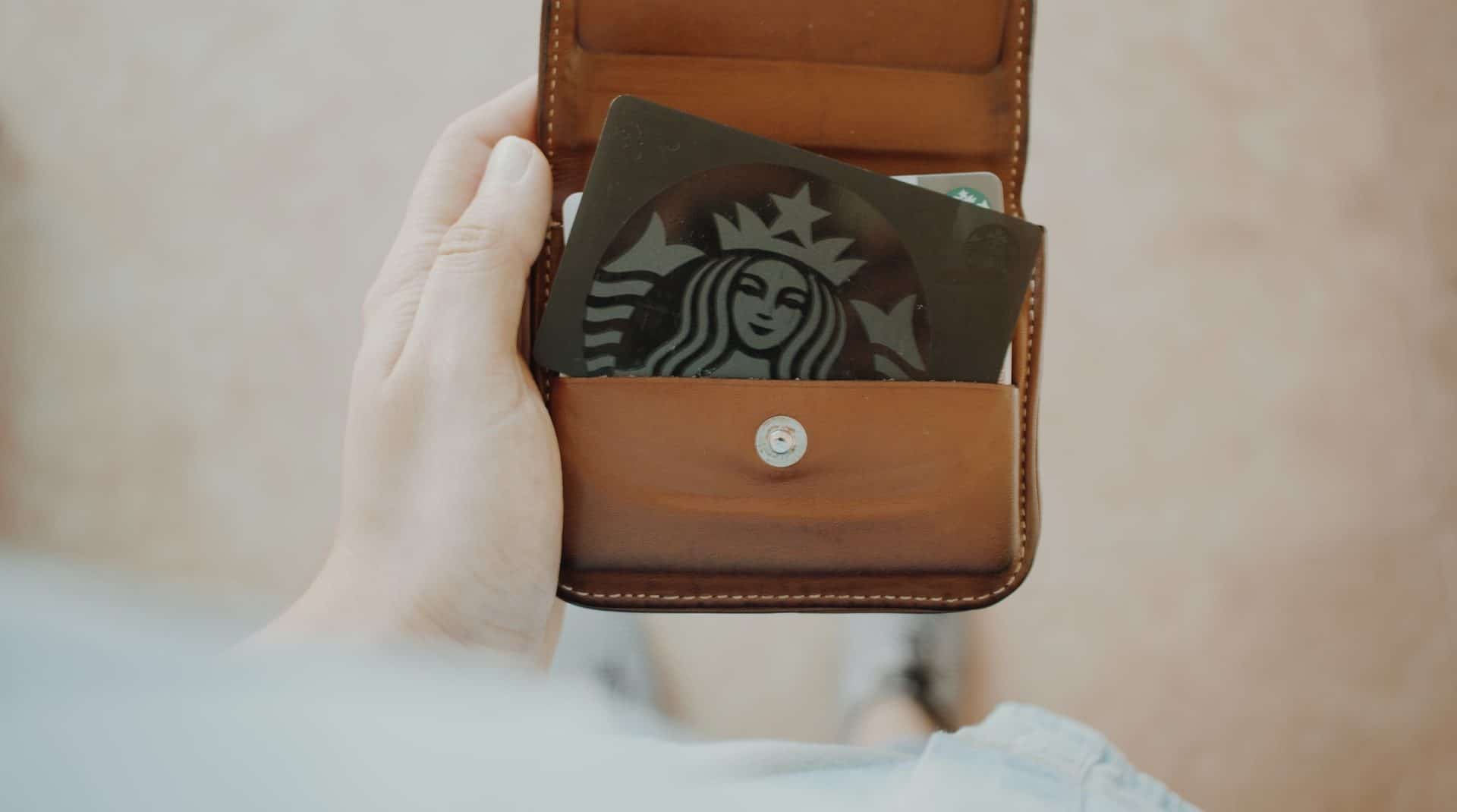The balancing act between customer maximizing flexibility and fully encapsulating loyalty systems is a tippy seesaw to ride, as the evolution of multi-tender programs is making clear. The once overbearing need for vendors to control the payment and participation options has been softened as more and more providers are adopting multi-tender practices, providing fluid payment ecosystems that walk in-step with the true behaviors of audience segments.
In the past, vendor-operated participation channels provided lucrative opportunities to own customer data and encourage members to spend money via in-house financial instruments. But changing times and priorities have signified a refreshed examination of these practices and have catalyzed the growth of multi-tender options. For starters, banks have begun to severely restrict consumer lending and reduce the new account growth of branded credit card programs. According to the Nilson Report, proprietary store credit cards accounted for 5.9 percent of total credit card purchase volume in 2016, down from 18 percent in 1990. But structural changes aside, vendors seem to more readily acknowledge the marketing advantages multi-tender loyalty programs can offer. For example, a 360-degree view of the customer relationship when payment method limitations are revoked enables brands to reduce their media spend and focus their resources on communications that are measurable and targeted to their best segments. Additionally, companies have learned that allowing invisible customers to escape undetected because of their choice of tender makes it impossible to track all their best customers. And of course, the dampening effect of Covid-19 has highlighted the value of further flexibility to draw back wary consumers.
Starbucks Goes Multi-Tender
As more companies realize these advantages, more are in-turn willing to sacrifice a level of control that comes with proprietary-payment systems. And now, Starbucks has joined the ranks of multi-tender providers: the company recently announced that their loyalty program will offer members more ways to pay for their purchases, a sharp pivot away from the preloaded gift cards previously deemed exclusive to Starbucks Rewards payments. Beginning this autumn, customers can link their credit or debit cards or PayPal accounts to pay within the app. And if they prefer to pay in person, they will be able to leverage cash, credit or debit cards, or select mobile wallets all while earning points.
While these developments have occurred as many businesses assess how to best cultivate payment flexibility amidst the pandemic — MasterCard has reported a 40% increase in contactless payments — Starbucks states that their new multi-tender offering is rather the result of natural customer evolution. Starbucks Chief Marketing Officer Brady Brewer claimed, “This has been a top request for customers for a long time...Under these conditions, it’s just even more relevant.”
Loyalty Design Is Still Deliberate
Even though multi-tender provides customers a flexible gateway into loyalty programs that may have established past exclusivity, a strategic approach is still important. While all participating customers should be rewarded, it is important that member tiers — whether defined by payment type or otherwise — appropriately reflect loyalty status, purchase behavior commitment, and the program journey mechanics prioritized by the vendor. This is why Starbucks has indicated that multi-tender payments will generate Stars (the moniker for Starbucks Rewards points) at a slower rate than payments completed via Starbucks gift cards. For every dollar spent through a preloaded card, loyalty members earn two stars. Paying with cash, credit or debit cards, mobile wallets, or PayPal will generate just one star per dollar spent.
It is a significant shift by Starbucks, and it comprehensively reflects the prevailing attitudes of customers, the unique circumstances of the world around them, and the business-level benefits to meeting changing demand. Starbucks affirmed in their recent earnings call that a flexible approach moderated with continuous monitoring will be their best chance of success while adapting to these new payment capabilities: “...We believe these are the kinds of initiatives that will make a difference as we try to regain the most important parts of our business and watch what happens as the transition from work from home returns back to work from office, and we'll be watching the customer patterns very carefully and adjusting.”


